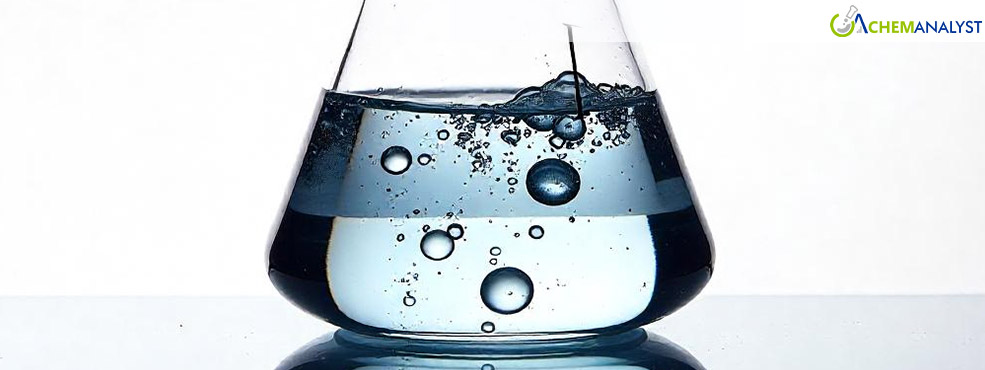Welcome To ChemAnalyst

As April 2025 drew to a close, Butyric Acid prices in the US remained stable at elevated levels, primarily driven by lower production output and stable supplier offers. Inventory circulation remained ample amidst the absence of any significant logistical disruptions, further contributing to market balance.
In the US market, price stability of Butyric Acid was underpinned by continued low production levels. Eastman Chemicals, a major domestic producer, kept its pricing unchanged throughout the month. Reduced output compelled suppliers to adopt firm pricing strategies, helping maintain price levels at the higher end of the spectrum.
From a cost perspective, production expenses remained steady. Feedstock Propylene (Refinery Grade) prices rose by 8% in early April 2025 and held firm throughout the month, sustaining elevated production costs of Butyric Acid. US refinery run rates, a key factor influencing Propylene (Refinery Grade) supply, remained subdued averaging between 85% and 87% since January 2025, according to data from the Energy Information Administration (EIA), which consequently kept Butyric Acid output limited.
The lower refinery utilization rates were largely attributed to structural and strategic challenges in adapting to domestic crude processing. While refining more light shale crude—abundant in the US—has become economically attractive amidst trade policy uncertainties, over 70% of US refinery infrastructure is configured to process heavier Canadian and Mexican grades. Reconfiguring refineries to handle lighter crude is complex and costly, contributing to the continued reliance on heavier imports. Consequently, net US crude imports declined sharply by 1.44 million barrels per day to 741,000 bpd, the lowest since October 2023.
Moreover, refinery closures further tightened domestic supply. Phillips 66 is set to cease operations at its 139,000 bpd Los Angeles-area refinery later in 2025, while LyondellBasell Industries began permanently shutting down its 263,776 bpd Houston refinery earlier this year. These developments have collectively contributed to lower Propylene availability and consequently curtailed Butyric Acid production, reinforcing supplier pricing discipline and discouraging price negotiations.
Despite stable pricing, demand fundamentals for Butyric Acid remained weak. Suppliers primarily relied on circulating existing inventories as consumption from key downstream sectors, particularly food flavoring, and animal feed—remained subdued. Data from the American Chemistry Council indicated a drop in consumer sentiment by 8.4% during April 2025, down to 52.2 points. Additionally, the U.S. corn outlook for the 2024/2025 season pointed to reduced production (14.9 billion bushels, down 276 million) due to a yield cut, which further dampened domestic demand for Butyric Acid-based additives and derivatives.
On the export front, limited support came from neighboring Canadian and Mexican markets. According to data from the Association of American Railroads, chemical railcar loadings increased by 4% to 33,520 for the week ending April 19, indicating mild export activity that helped prevent the oversupply of Butyric Acid.
As per anticipations, Butyric Acid prices are expected to remain stable in the US market through May 2025. Major producers of Butyric Acid are likely to keep prices unchanged amidst weak domestic and international demand. Export activity for Butyric Acid is projected to stay modest, with foreign buyers—facing subdued economic conditions—opting to procure from the US only for short-term or urgent needs. This purchasing pattern was also evident among domestic customers, who largely refrained from bulk purchases due to muted consumption outlooks.
We use cookies to deliver the best possible experience on our website. To learn more, visit our Privacy Policy. By continuing to use this site or by closing this box, you consent to our use of cookies. More info.
